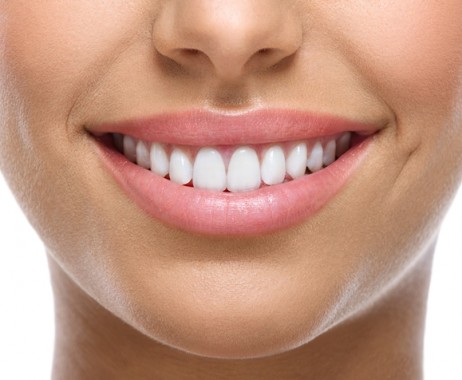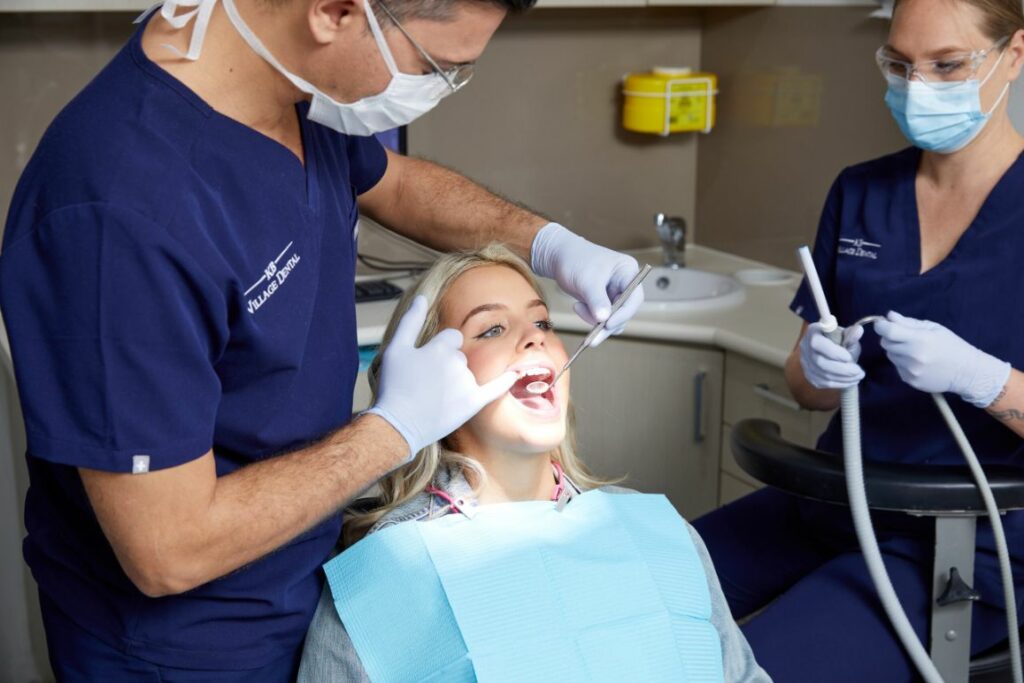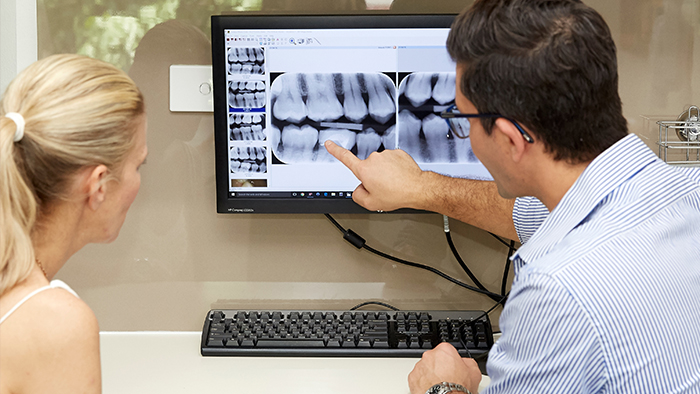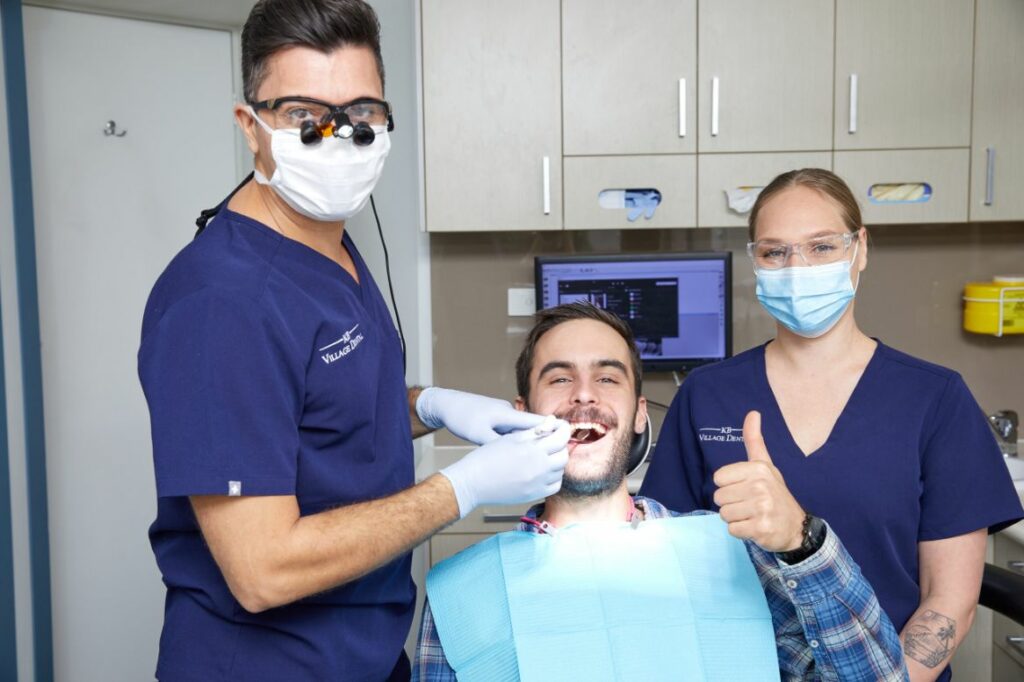Permanent vs Temporary Veneers: Which is Right for You?
Interested in getting dental veneers but not sure where to start? When first learning about veneers, many people ask which is better – permanent or temporary veneers? What you’ll quickly learn is that they are both part of the same treatment process. It’s not a choice between one or the other. Temporary veneers are part of the journey to a permanent solution.
Here, we will explain the difference between permanent and temporary veneers and provide everything you need to know.
What are veneers?
Veneers are a popular choice for patients looking for cosmetic dentistry solutions to improve their smile. Natural looking veneers can address aesthetic problems like discolouration, tooth shape and unevenness and the wear and tear done to your teeth over time.
Dental veneers work by creating a thin covering over the outside of your teeth to change their appearance. If you’ve started looking into veneers, you’ll quickly find that there are a few different types and different materials they can be made of.
Which type of veneer should I get – permanent or temporary?
As we mentioned in the introduction to this article, there isn’t a choice between temporary or permanent veneers. If you are getting porcelain veneers, you will experience both! Temporary veneers are an important part of ensuring you are comfortable with your speech, appearance, and eating function while your permanent veneers are made to fit you perfectly for the long-term.
Temporary smile makeover: What you need to know about temporary veneers
‘Removable‘, ‘temporary‘ or ‘trial‘ veneers are worn by patients while their permanent veneers are made in the dental lab. They are only designed to be worn for the short 2-6 week period while the permanent covers are custom-made to fit your mouth and smile.
To understand why this happens, it’s important to understand how dental veneers are made. Veneer procedures usually happen over 3-4 appointments. If you are unsure of the type of veneer you should be getting or what’s involved in the procedure, don’t hesitate to call our dental practice in Sydney North Shore to find out more from our highly-skilled dentists.
Advantages & Disadvantages to expect while using your temporary veneers
Temporary veneers are an important part of the permanent veneer process but are not a complete treatment option on their own. They do, however, come with a lot of advantages.
Advantages of temporary veneers: The time with your temporary veneers can be considered a ‘test drive’. It will give you an idea of how they will look and feel, giving you a chance to see if you have any concerns that the dentist can address before they fit the permanent versions.
Disadvantages of temporary veneers: They are not made to be long lasting, and rarely last more than a couple of weeks. They are designed to cover and protect your pre-prepared teeth while the permanent veneers are custom-made for you.
Typical cost of removable veneers: The cost of temporary or removable veneers is always included in the price of the permanent veneer and is rarely considered an additional cost.
Ask your dentist about Porcelain vs Composite Veneers instead
There are two common types of veneers your dentist can make for you.
- Porcelain Veneers – these are the most common type of veneer used by dentists and are made from ceramic. This makes them easy to maintain and stain resistant, looking like completely natural teeth.
- Composite Veneers – these are a more affordable solution, though they are less reliable. Made from composite resin, these veneers can sometimes be made at one appointment by your dentist while you are in the chair. While porcelain veneers usually last 10-20 years, these composite ones usually only last 5-7 years and are more susceptible to staining.
For a permanent smile makeover: choose porcelain veneers
If you are looking for a complete, permanent smile makeover, porcelain veneers are the number one way to do it. They are long-lasting and an easy way to quickly transform your smile.
Advantages & Disadvantages of porcelain veneers
Advantages of porcelain veneers: Porcelain veneers have a long lifespan, are stain-resistant compared to composite veneers, easy to maintain and, best of all – they look the most like natural teeth.
Disadvantages of porcelain veneers: They require more tooth preparation to the outer surface of teeth when compared to composite veneers. They are also usually about three times the cost of a composite veneer, and the process is longer.
Durability/Lifespan of this cosmetic solution: Porcelain veneers are extremely strong and made to last anywhere from 10-20 years.
Typical cost of porcelain veneers: The price of porcelain veneers can vary greatly depending on the type, material, and number of teeth involved. In Australia, the prices average between $1800 and $2500, with discounts sometimes offered for multiple veneers. The best way to know how much your smile makeover would cost is to book an appointment with your dentist and ask them questions about what’s involved.
Ready to get veneers? Here’s what to expect from a full veneer appointment
1. Consultation appointment
Whether you are having a general check-up, or have made an appointment specifically, the starting place of all veneers is to talk to your dentist about the changes you want to make to your smile. They will talk about the different options to choose from and give you the information you need to make an informed choice about the best way to achieve your ideal appearance.
At this appointment, your dentist will examine your mouth or even take x-rays to determine the health of your teeth and assess whether veneers are a good option.
2. Impressions
Impressions (moulds) of your teeth are taken so that a mock-up of the veneers can be made to simulate what the real ones will look like.
3. Trial smile
A dental “trial smile” is when you get to try on the veneers over your teeth before you even get started. Dentists do this to make sure you like the look of your new teeth and that they suit your overall appearance.
4. Preparation appointment
To get started, the dentist will remove a thin layer of enamel from the front of your teeth, so there is space to place the veneers to make them look natural. This is usually painless, and sometimes can be done without anaesthetic. However, if you have any tooth sensitivity or the dentist anticipates that you may experience discomfort, they will numb the area first.
Next, they will make a model of your teeth using an impression and send this to a dental laboratory to make the veneers, custom created to fit perfectly in your mouth and over your teeth. This laboratory process takes from 2-6 weeks, which is where temporary veneers come in. The temporaries are your trial smile which you get to wear for this duration while your final veneers are being made.
5. Veneer placement
When the lab has completed the porcelain veneers, your dentist will call you back in to remove the temporary veneers and fit your new, strong, final ones. They will use a special cement to bond the veneers to your teeth and make adjustments to ensure they look and feel natural.
6. Follow-up appointment
Once your veneers are done, your dentist will likely ask you to come back for a review to make sure you are happy with the results. During this appointment, they will check to see that the veneers are fitting properly.
Who is a good candidate for veneers?
If you have issues with imperfections in your smile, there are a variety of dental options available to you. Implants, crowns, and dental bridges to name a few. However, in some cases, veneers may be your best choice. Veneers are a more conservative option to crowns to improve the appearance of your teeth to produce a stunning before and after result.
Common issues people choose to use veneers for include…
- Uneven or misaligned front teeth
- Gaps and spacing issues between teeth, as an alternative to Invisalign or braces
- Severe stains to the enamel that are within the tooth structure and that cannot be addressed with teeth whitening.
- Smaller chips, cracks and imperfections from wear and tear over time
Need a dentist that can give you the smile makeover of your dreams in Sydney? Come meet Dr Evan Soulos. Dr Evan has been creating beautiful smiles with expert care and a reassuring presence for over 15 years. Contact KB Village Dental today to receive care from a dental team that is kind, caring and professional. Our dental team gives you the very best dental care around.






